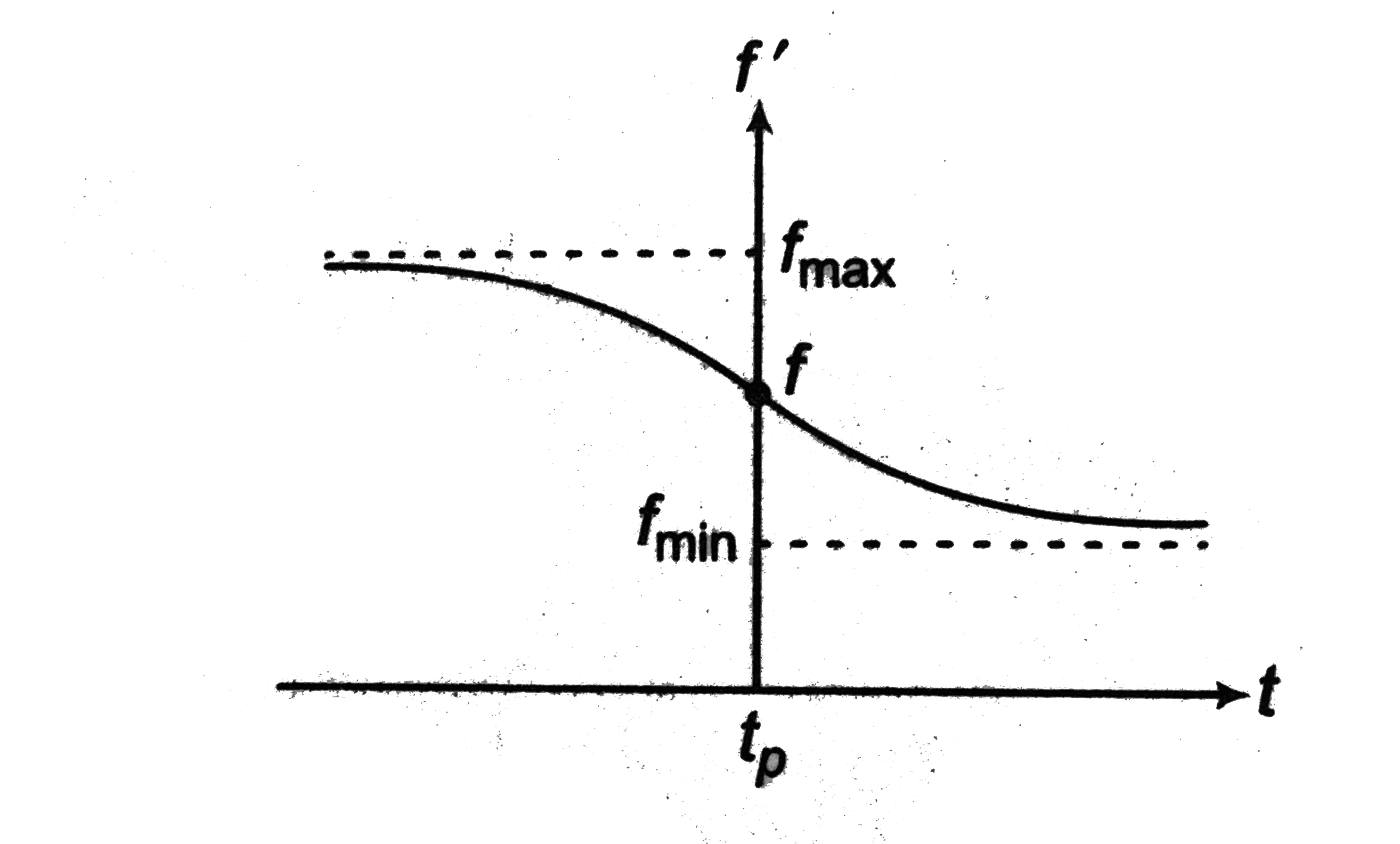Text Solution
Verified by Experts
|
Topper's Solved these Questions
SOUND WAVES
DC PANDEY ENGLISH|Exercise Miscellaneous Examples|8 VideosView PlaylistSOUND WAVES
DC PANDEY ENGLISH|Exercise Level 1 Assertion And Reason|10 VideosView PlaylistSOUND WAVES
DC PANDEY ENGLISH|Exercise Example Type 4|2 VideosView PlaylistSOLVD PAPERS 2017 NEET, AIIMS & JIPMER
DC PANDEY ENGLISH|Exercise Solved paper 2018(JIPMER)|38 VideosView PlaylistSUPERPOSITION OF WAVES
DC PANDEY ENGLISH|Exercise Level 2 Subjective|8 VideosView Playlist
Similar Questions
Explore conceptually related problems
Knowledge Check
Similar Questions
Explore conceptually related problems

